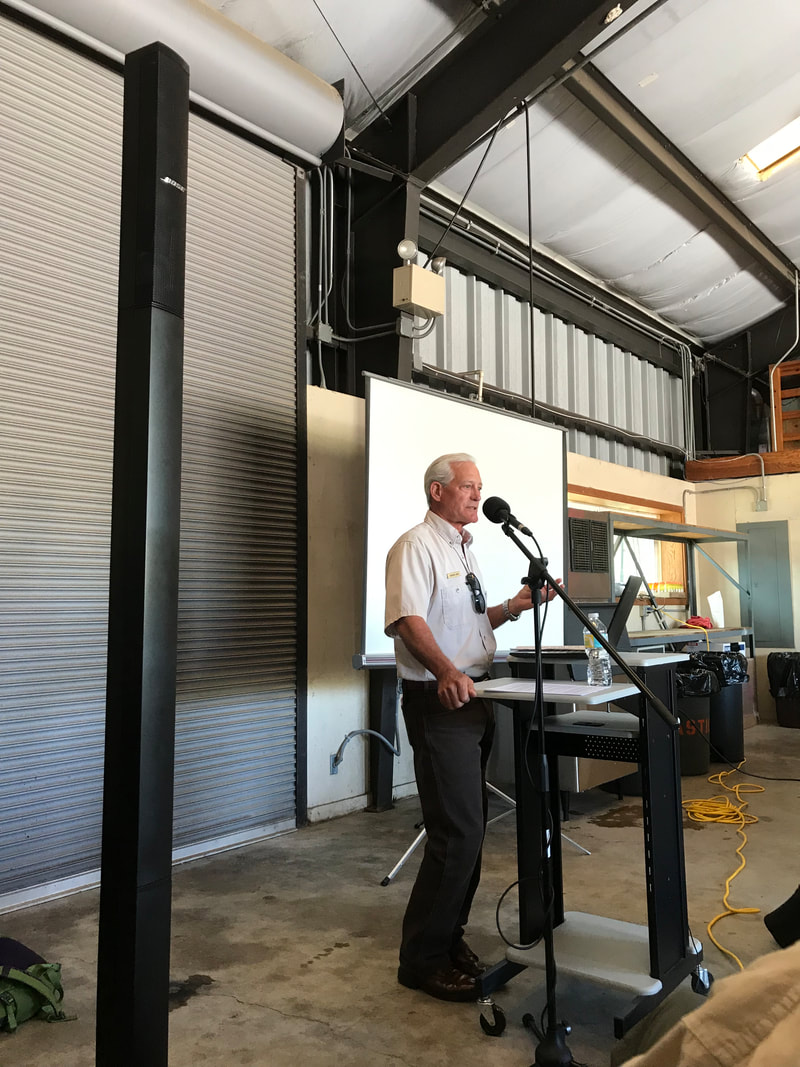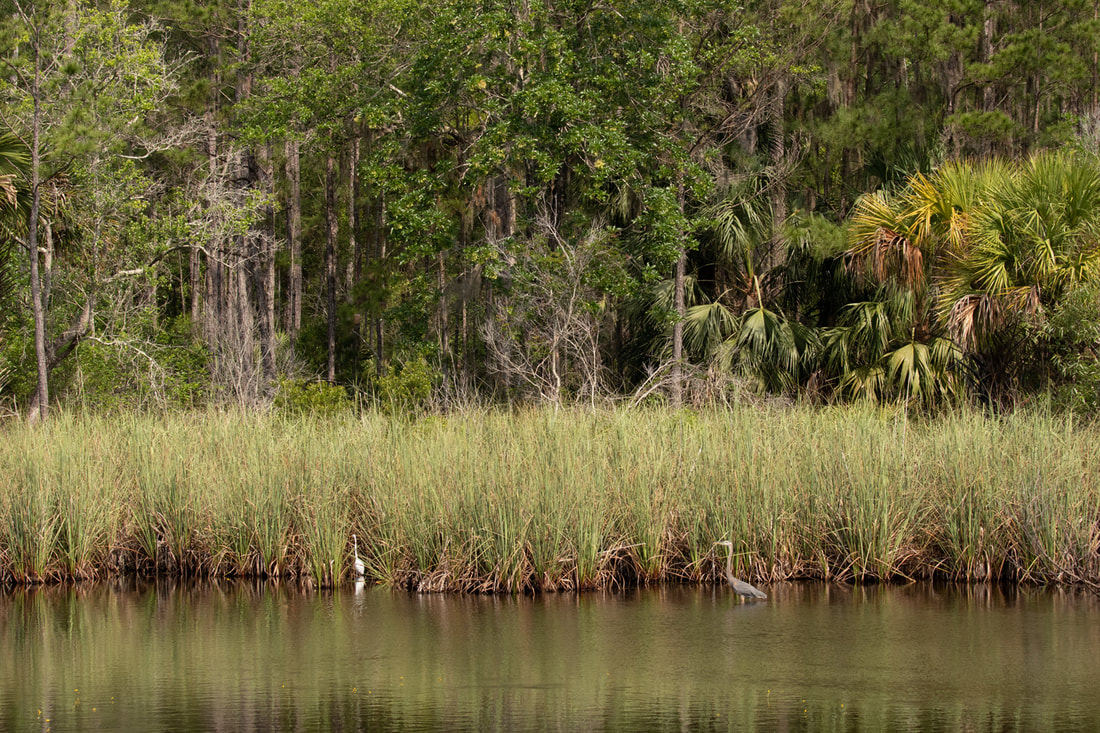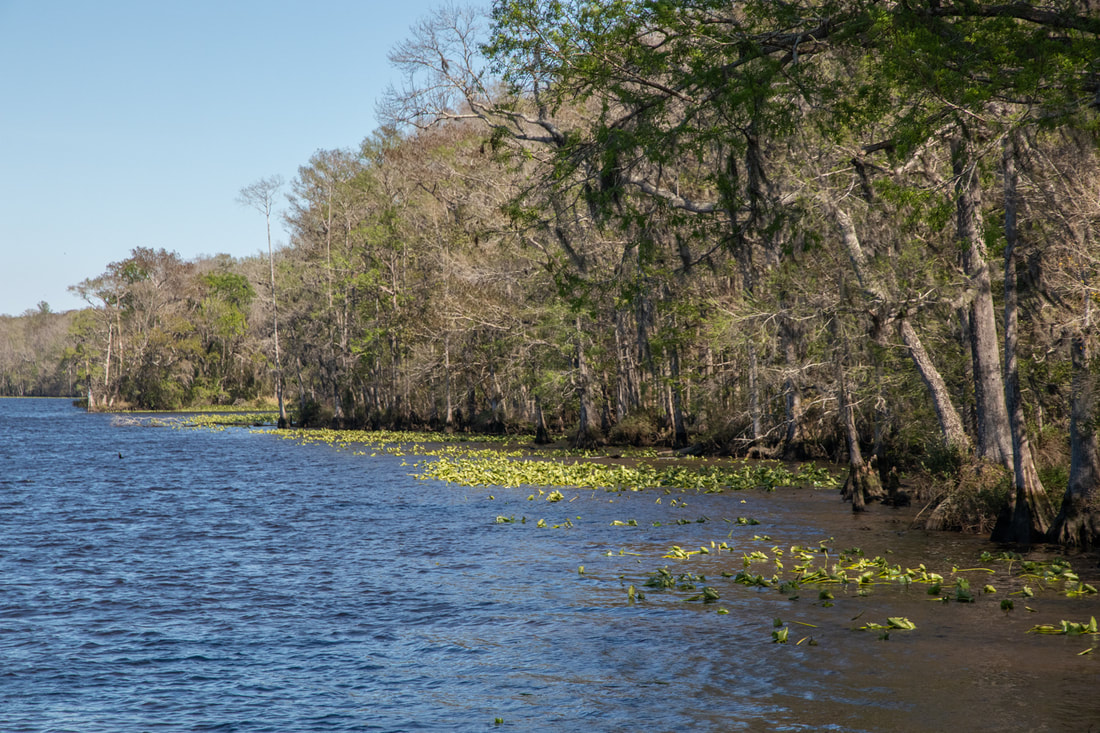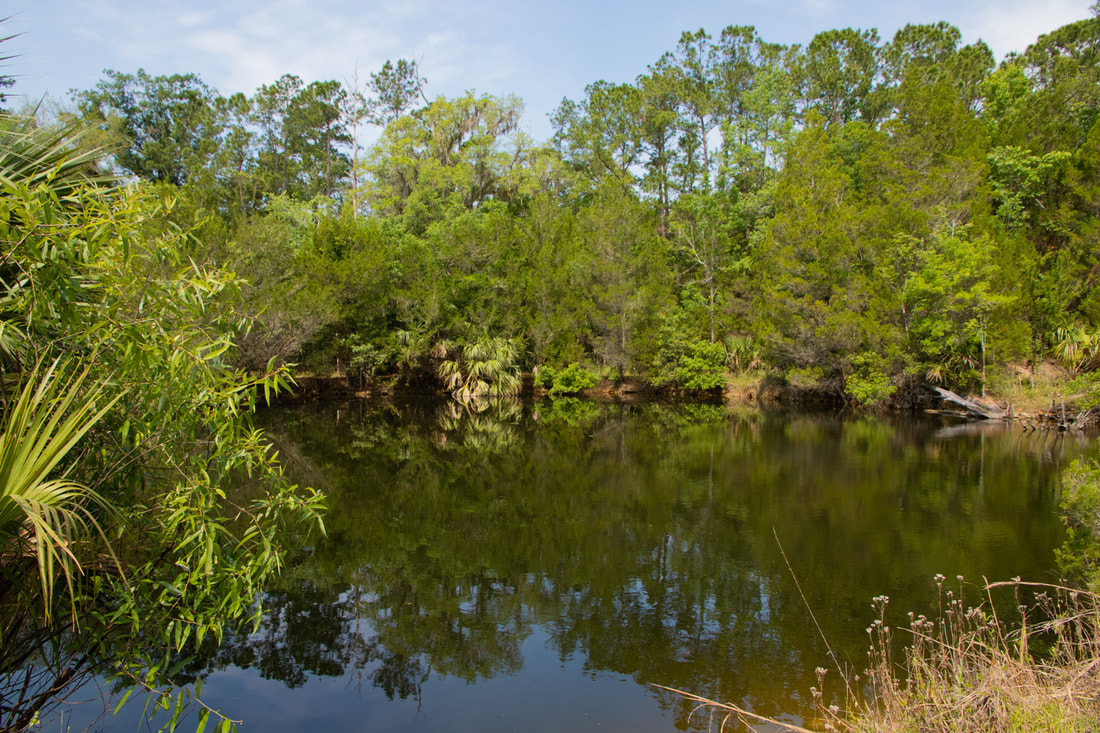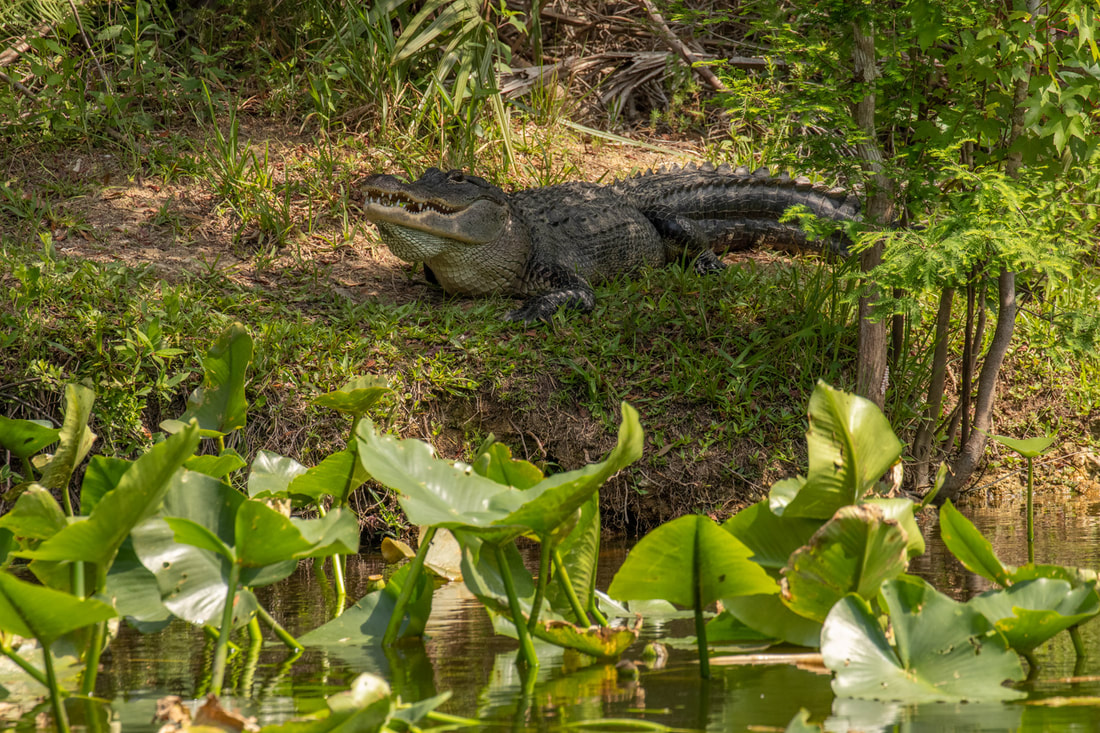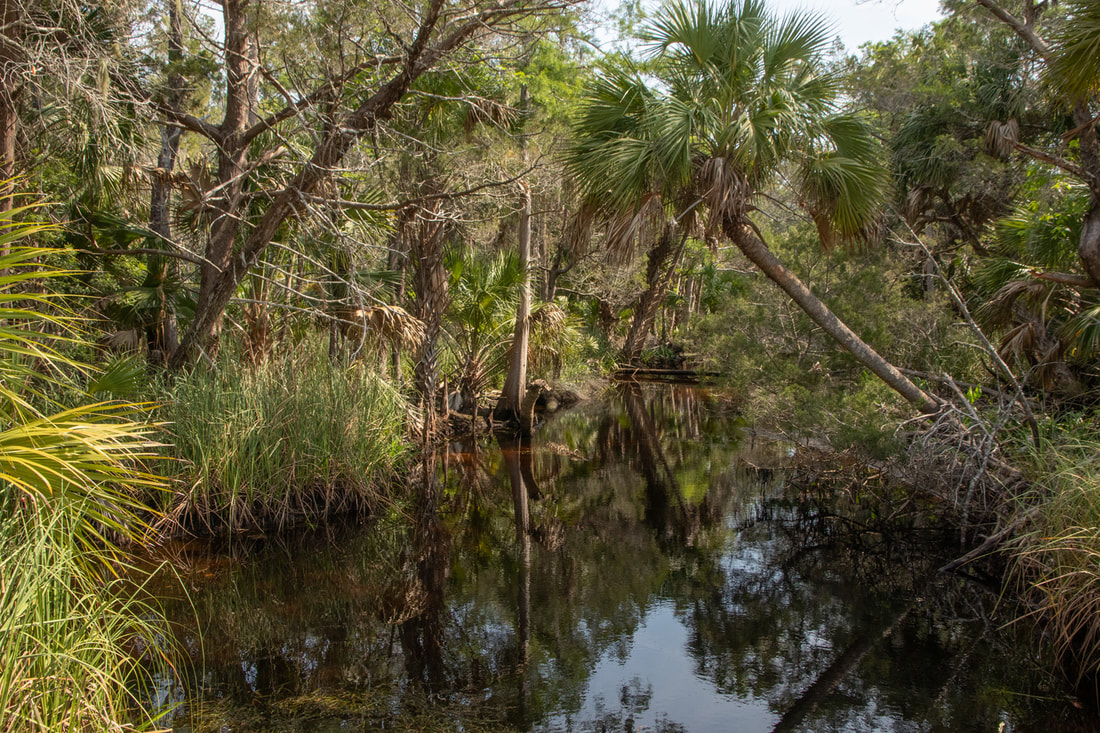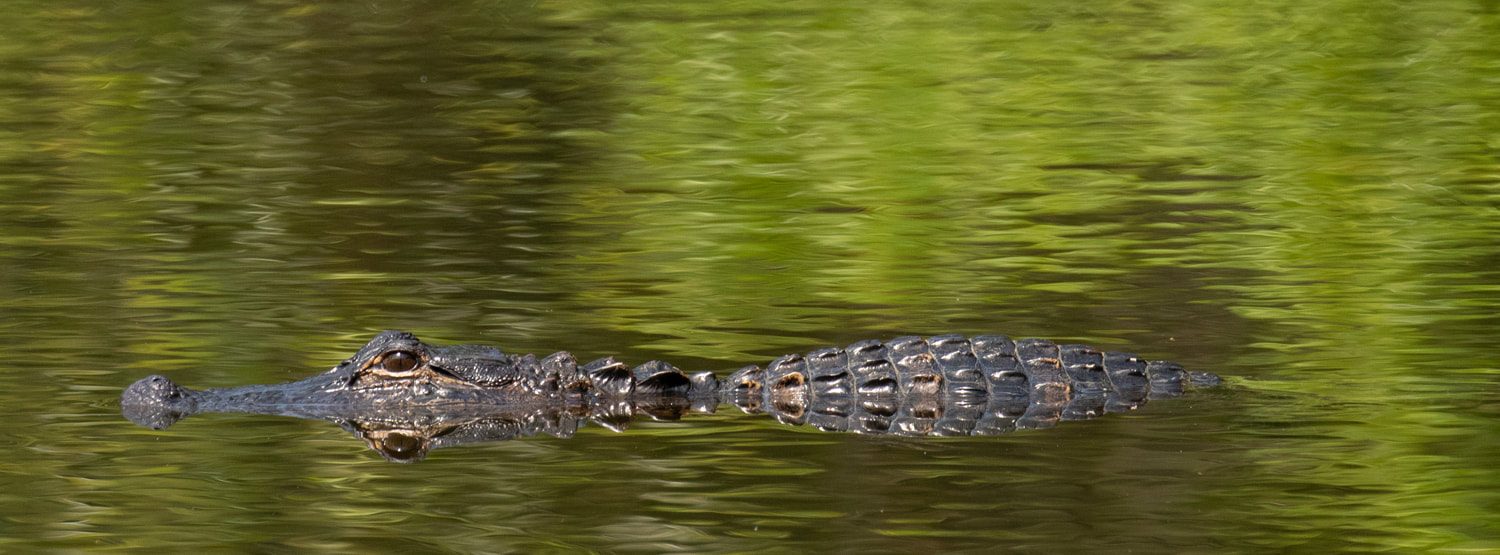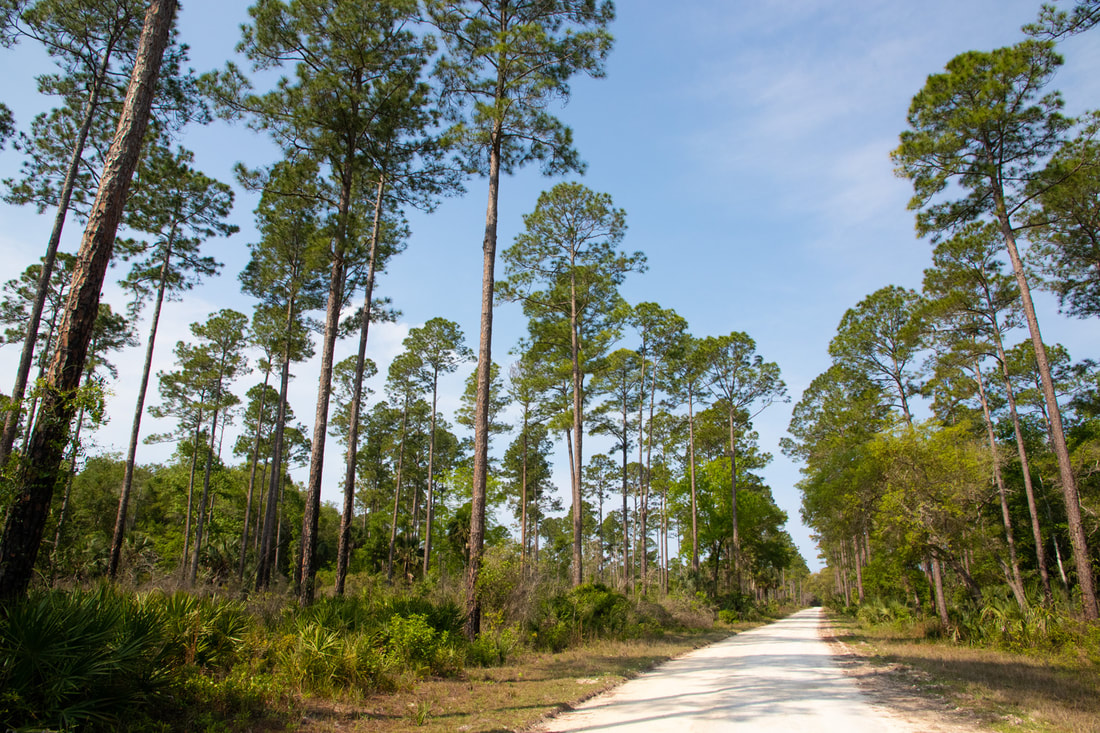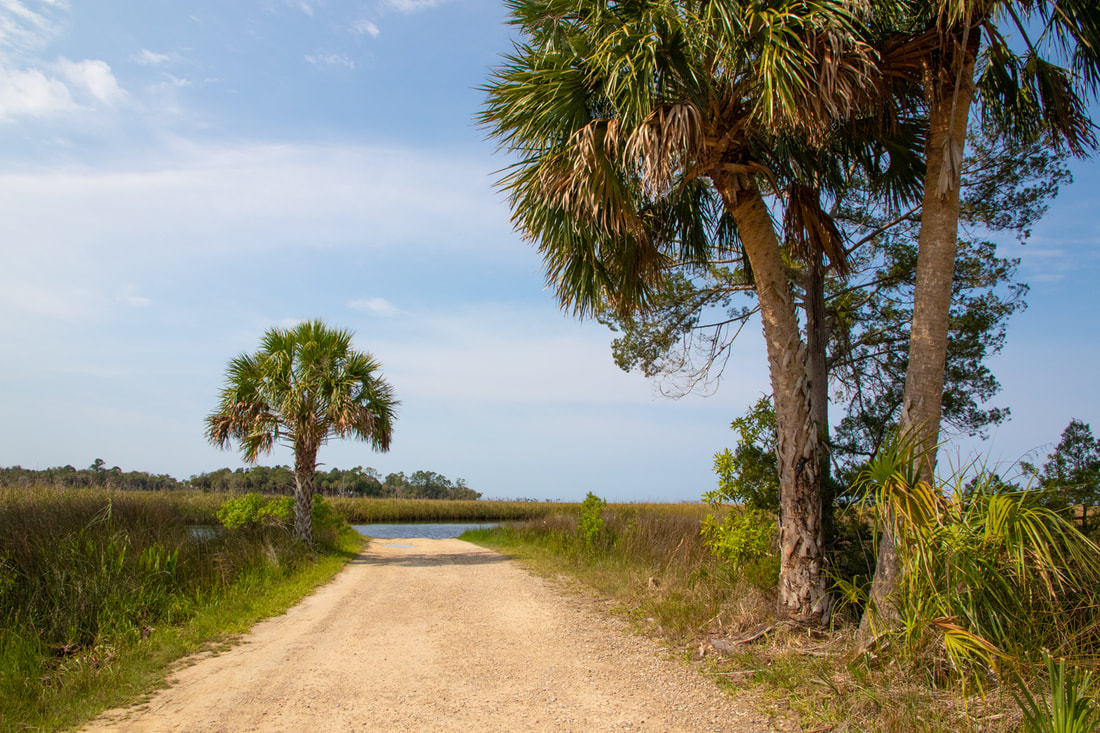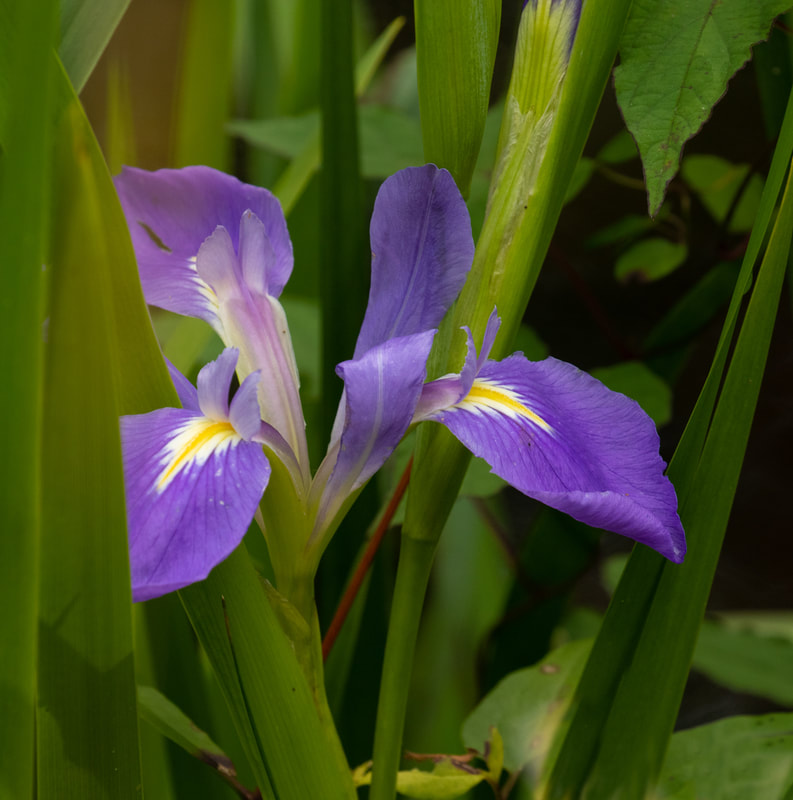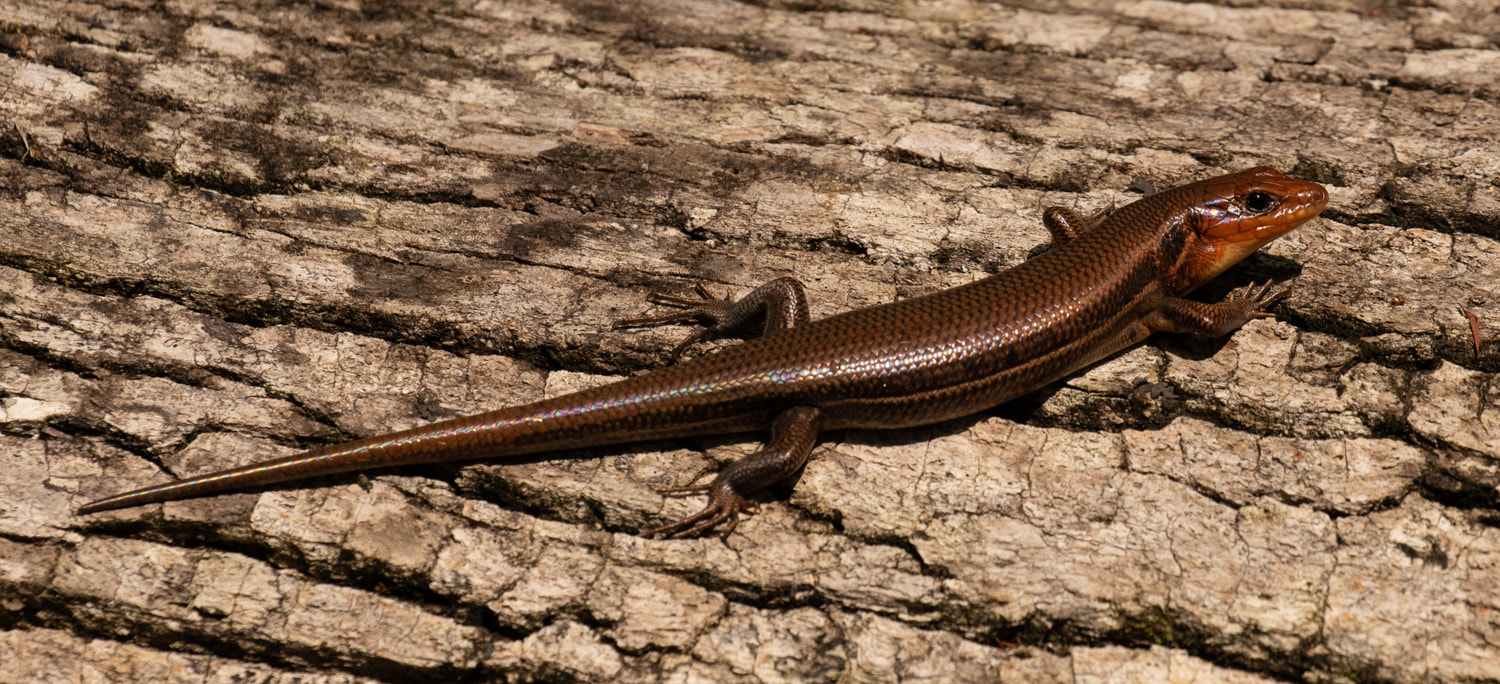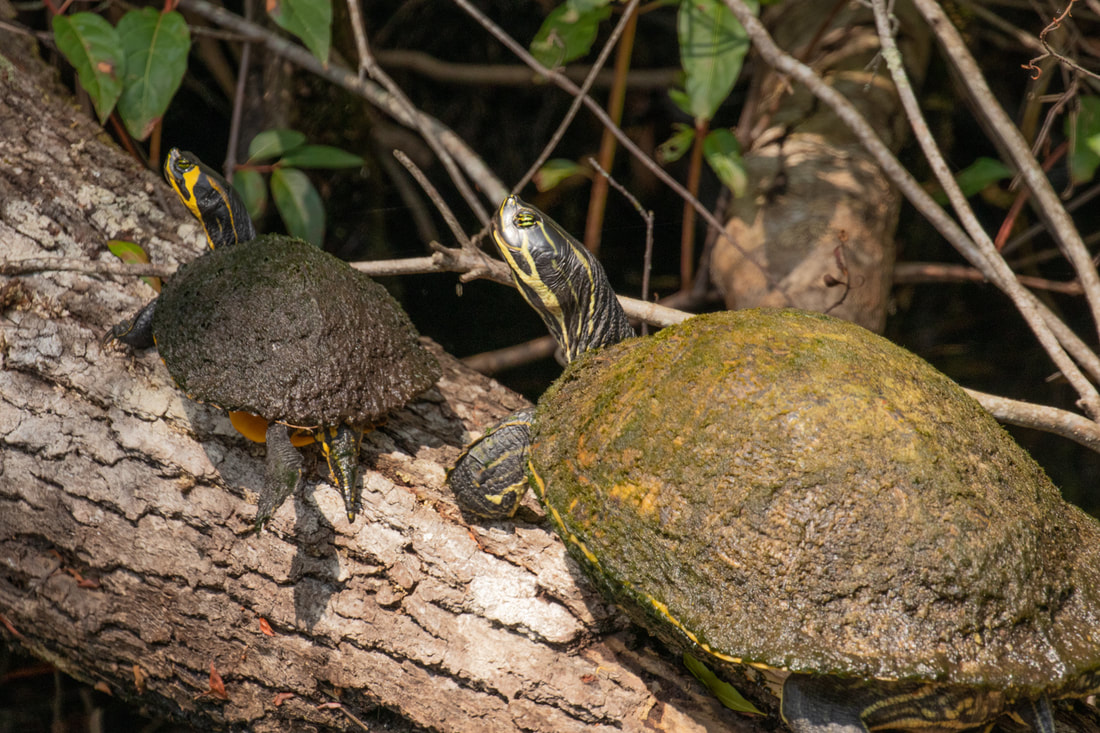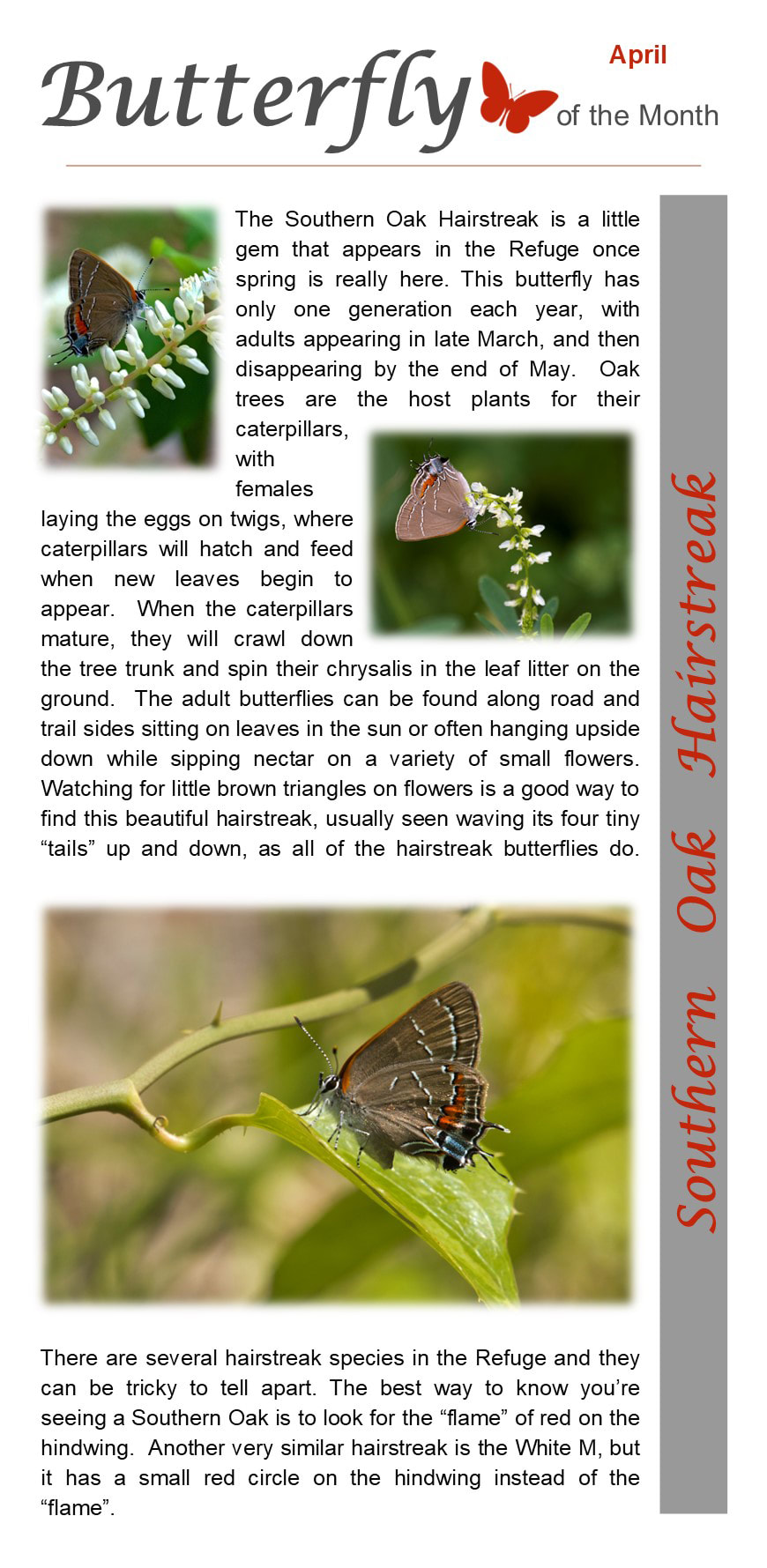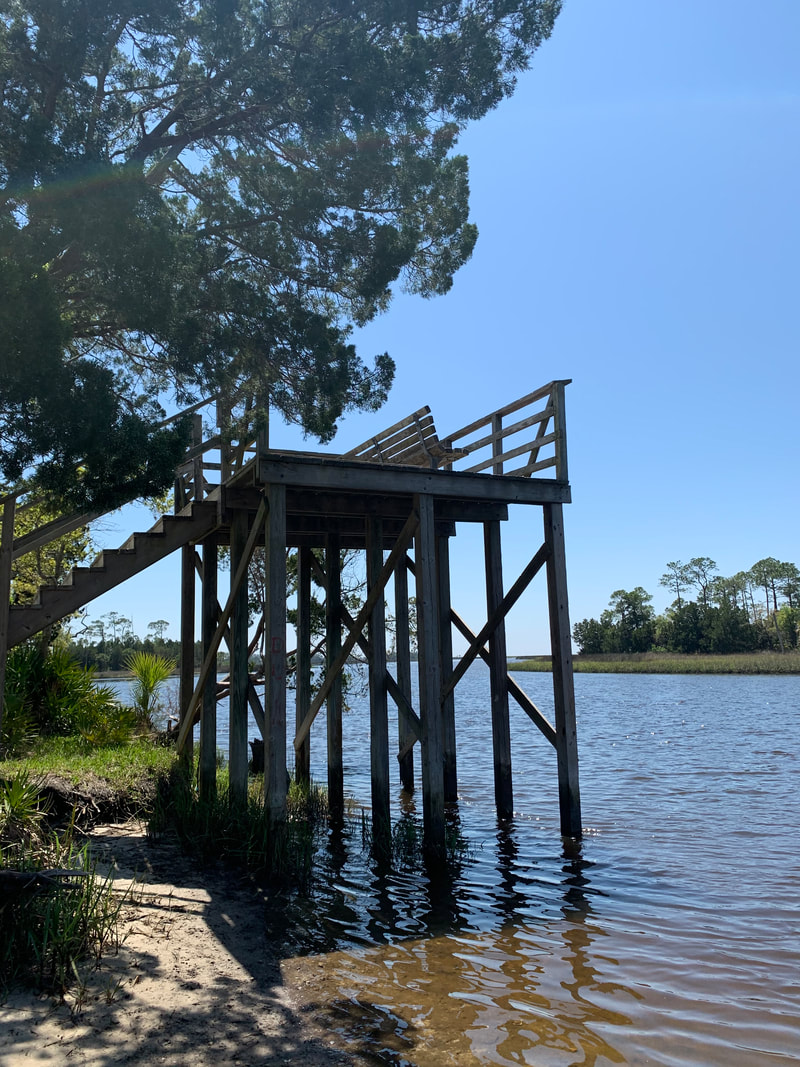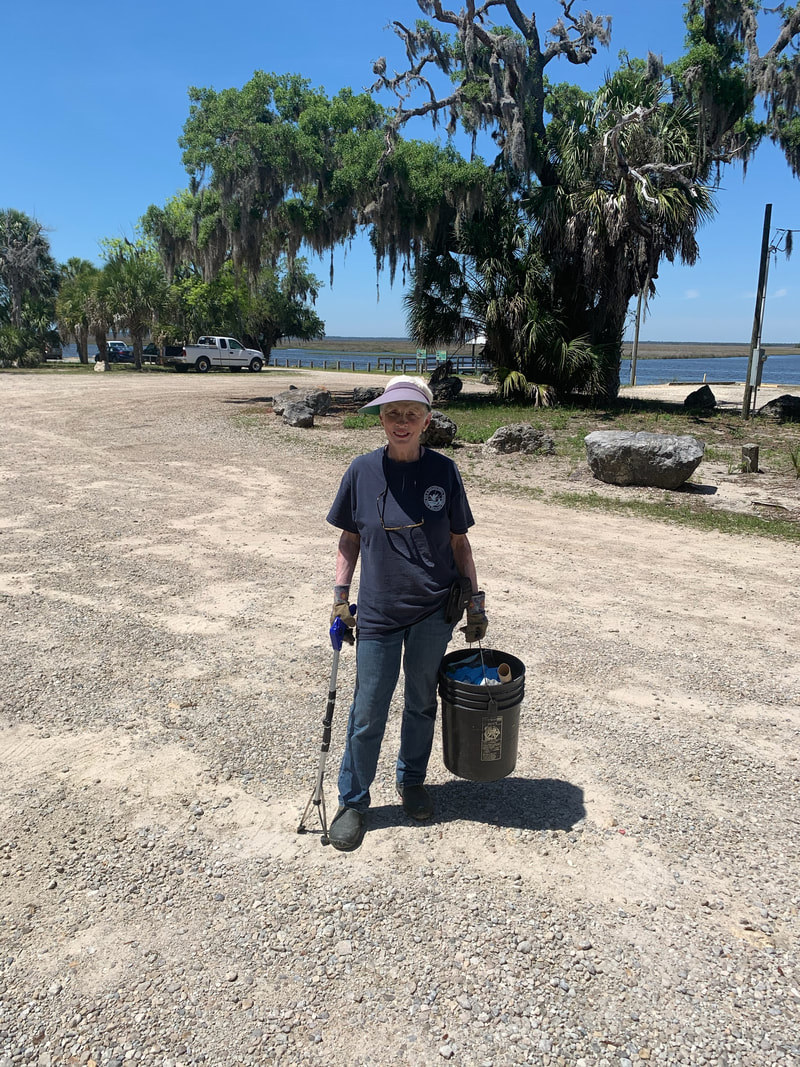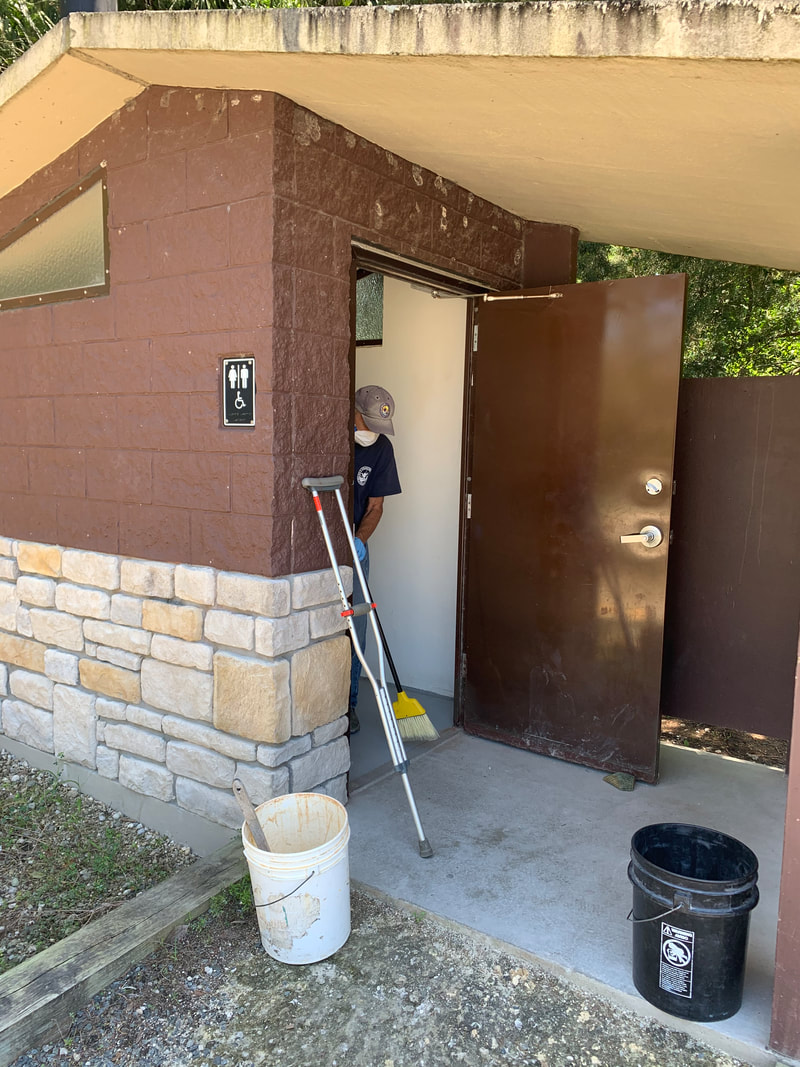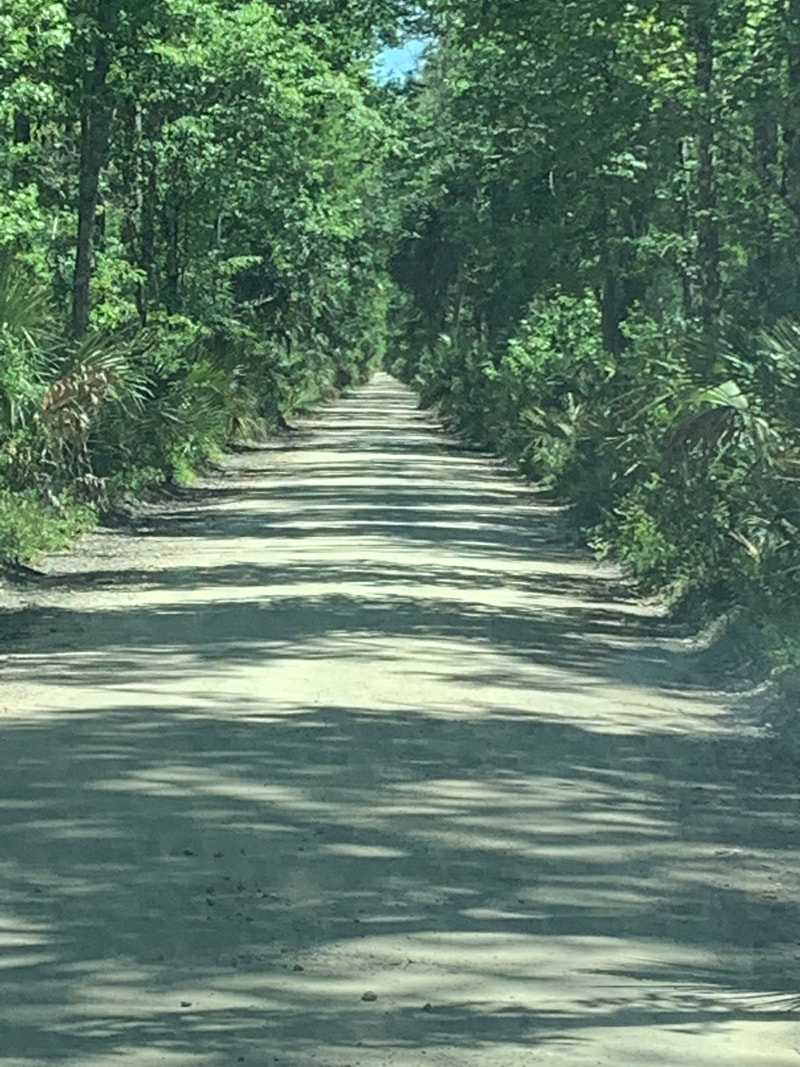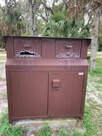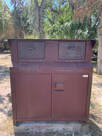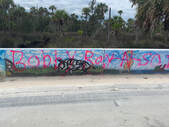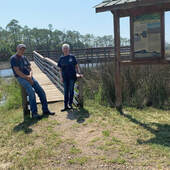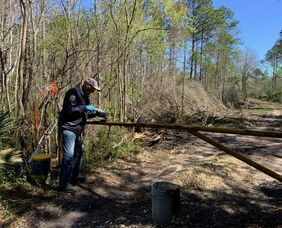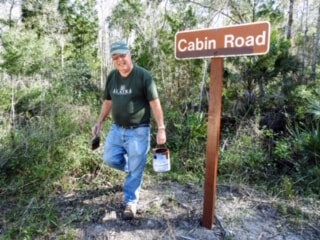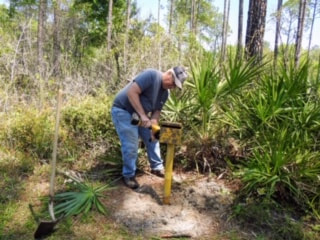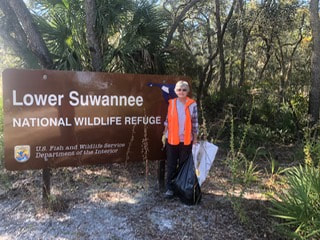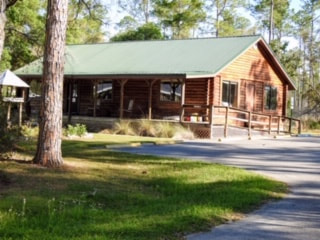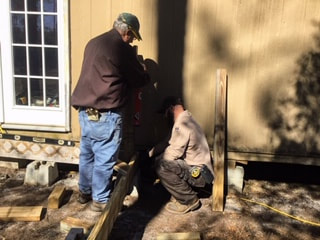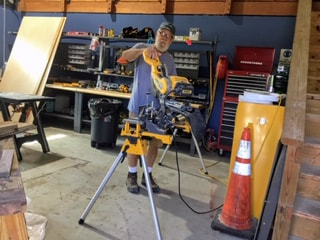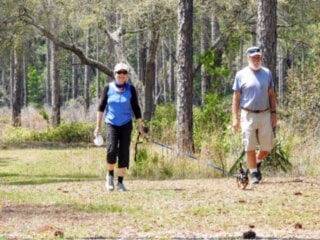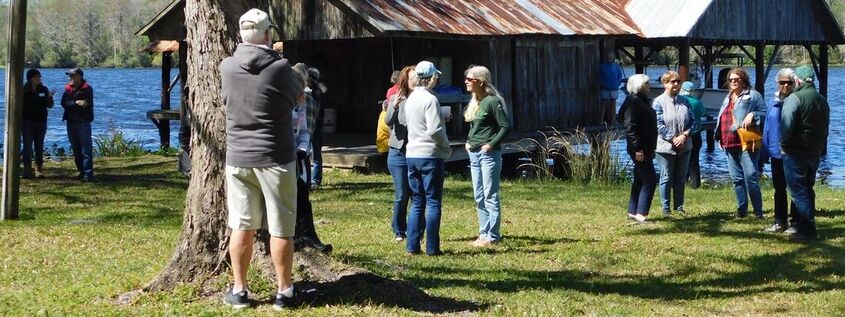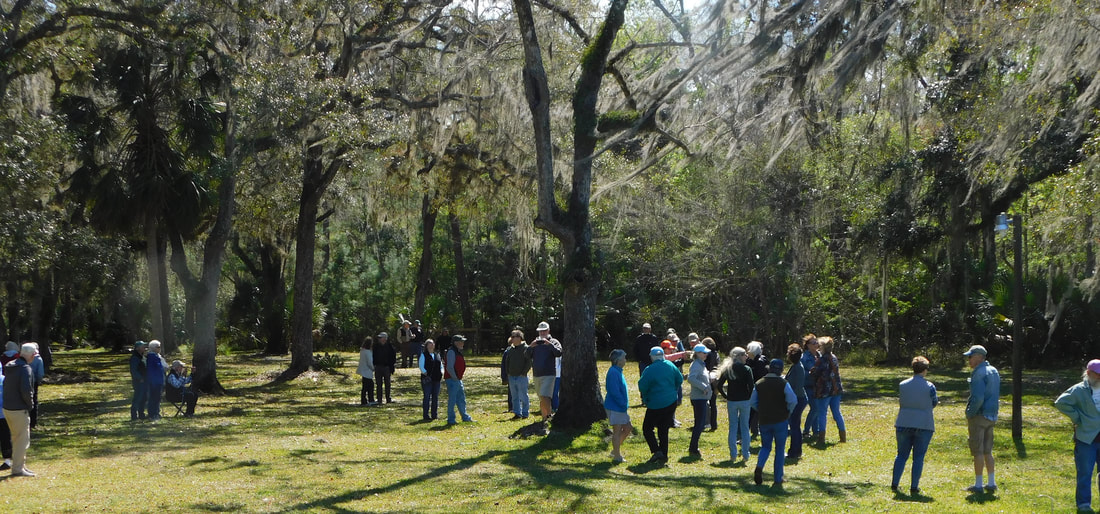1 Comment
Recently, Friends members Ann and Ron Kamzelski visited the Lower Suwannee Refuge. Ann sends this report and all the gorgeous photos. With the “stay at home” orders and concerns about the virus, I realized that I had spent over 4 weeks on Cedar Key without leaving the island. It was time. However, I didn’t want to go shopping, I just wanted to get out. I had heard that the Lower Suwannee Wildlife Refuge was one of the places that was still open to the public. So, I got my husband Ron to be my chauffeur and headed off to the Refuge with my cameras. We decided to stop at the Shell Mound on the way. When we got there, it was packed with cars, trucks and boat trailers. Not a parking spot to be had. We did an immediate U-turn and headed to the quiet of the loop road. I had a project that I was working on for a friend and needed to get some landscape images. I wanted to portray the feeling you get when you visit our wonderful area. There are several different terrains in the Refuge from pine forests, to tidal creeks, cypress swamps, and the Suwannee River itself. My focus was not on wildlife this trip, but wildlife “happens” when you take this drive. There were lots of turtles and baby gators in the ditches along the road. Dragonflies by the hundreds buzzed around the truck. A great egret flew down the road in front of us for about a half mile. We saw two piliated woodpeckers and I found a five-stripped skink. There was a racoon meandering through the cypress trees. Some of the bigger ponds along the road had larger alligators in them. One even lifted his head and smiled at me when I took his picture. Another pond had one each of a great blue heron, great egret, snowy egret, little blue heron and tricolored heron. Oh, and there were lots of different flowers to be seen on the roadsides too. We drove slowly along the loop road stopping here and there so I could take photographs. We went to the McCormick Creek launch area because I love the way the road just nose-dives right into the water at the end. I think we saw three cars the whole trip. Then we went to the headquarters area and walked the trail to the Suwannee River. We sat on the bench overlooking the river and just enjoyed the peace. I came home with a whole bunch of photographs to sort through. It was a delightful morning spent in a perfect location. I am so glad that we have this place and that it is still open for us to visit.
Barbara Woodmansee has joined the Board of Friends. For many years, she has been surveying the butterflies of the Lower Suwannee National Wildlife Refuge. With her expertise, Friends is adding a Butterfly of the Month page to the website. The first post is here, and all the months' posts will also be on the Science, Butterflies tab at the top of the page.
The U.S. Fish and Wildlife’s National Wildlife Refuge System, comprised of approximately 550 refuges throughout the country, has a robust volunteer program for people looking for opportunities to work along-side refuge or hatchery staff. The program is designed for people who want to further conservation, learn more about nature and share their love of the outdoors. Volunteers, also known as resident volunteers, have a beautiful place to live for a period of time and are able to explore and experience the refuge or hatchery, as well as the local area. And, in return, the refuge or hatchery gains valuable volunteer assistance. We are fortunate to currently have outstanding resident volunteers at our refuges.
Buzz and Donna Coller, from Wisconsin, have been providing support on the Levy County side. The Collers arrived in Florida to work at, and camp in, Florida state parks, but due to the COVID-19 closure mandates, they sought volunteer work with the Refuge. They’ve assisted staff on repairing and replacing signs that have been stolen or damaged, replacing the deck on the education building, as well as treating and sealing the outside of the log cabin. Robin and Rick Gallup arrived on the scene from out West in April for their stint as resident volunteers and quickly lent much-needed hands to projects already underway. The Collers report that the log cabin would never have been finished so fast without the Gallups' help. Needless to say, the NWRS Volunteer Program has been a tremendous asset to our facilities. For more information on the NWRS Volunteer Program visit www.volunteer.gov
During the Friends Annual Meeting in February, many of the attendees visited nearby Vista for an informative, riverfront presentation about the property, which will eventually become part of the Refuge. Bender and Associates Architects was chosen to do a historical and architectural survey of the Vista Property, with the work being fully funded by a Florida Division of Historical Resources grant. Although there have been some delays due to virus restrictions, the work has progressed and is about 90 percent complete. The Friends Board looks forward to receiving the final report and sharing it with the Friends membership. Our grant administrator, Belinda Nettles, is now working with Bender Associates on submitting an application for a second Division of Historical Resources grant to begin the next stage of the project which will involve initial construction work to ensure the structural integrity and weather resistance of the historic structures on the site.
|
Archives
June 2024
|

Friends of the Lower Suwannee & Cedar Keys National Wildlife Refuges
P. O. Box 532 Cedar Key, FL 32625 [email protected] We are a 501(c)(3) nonprofit organization. |
|
